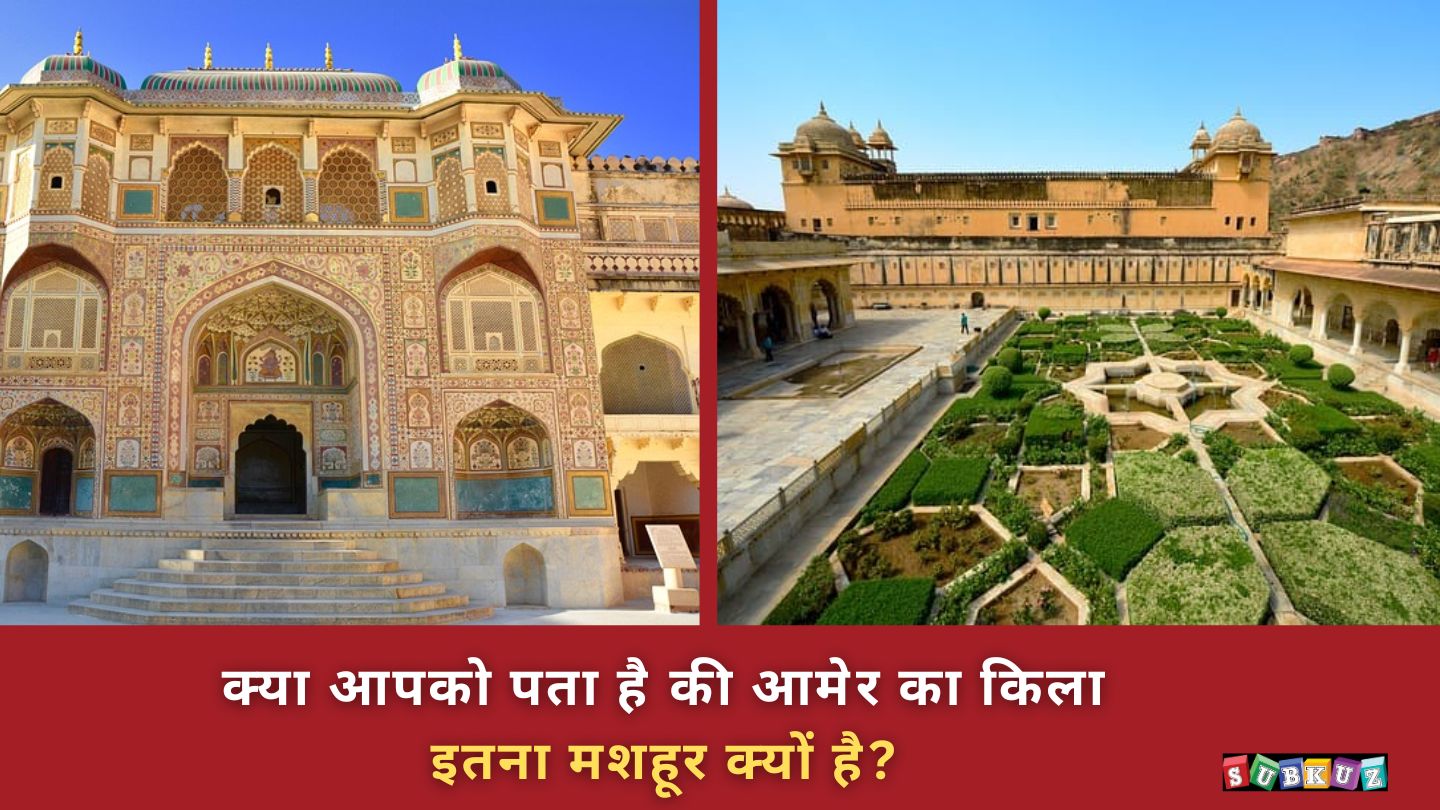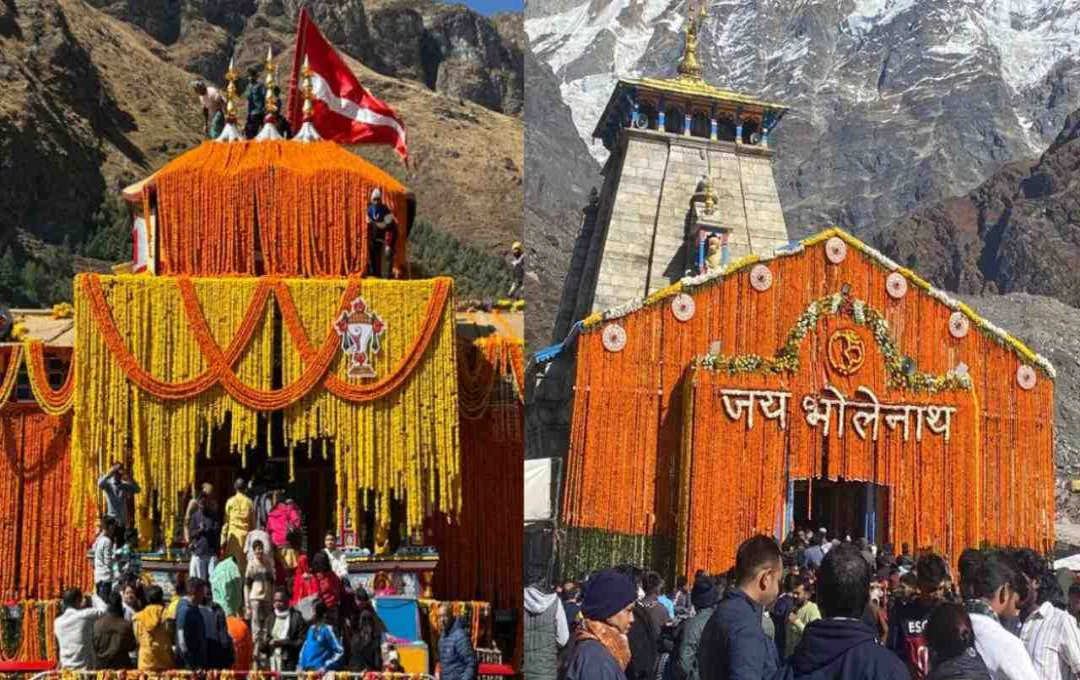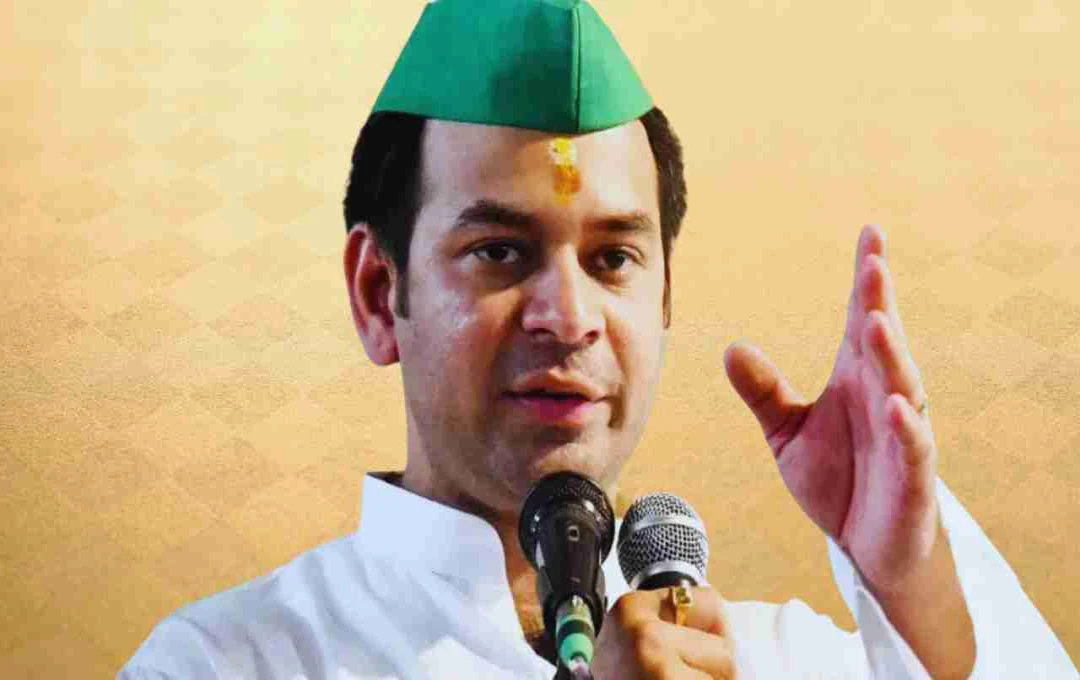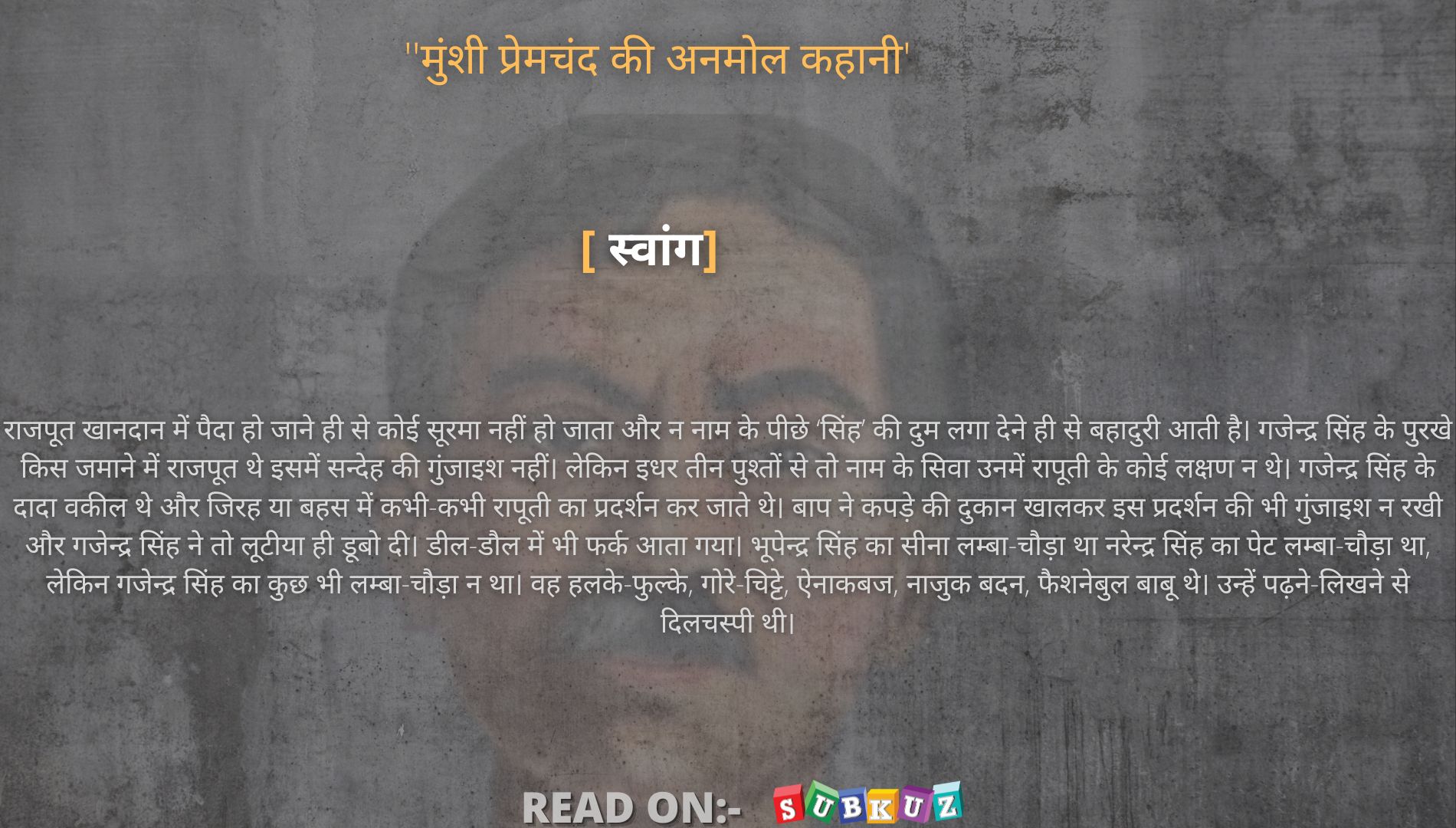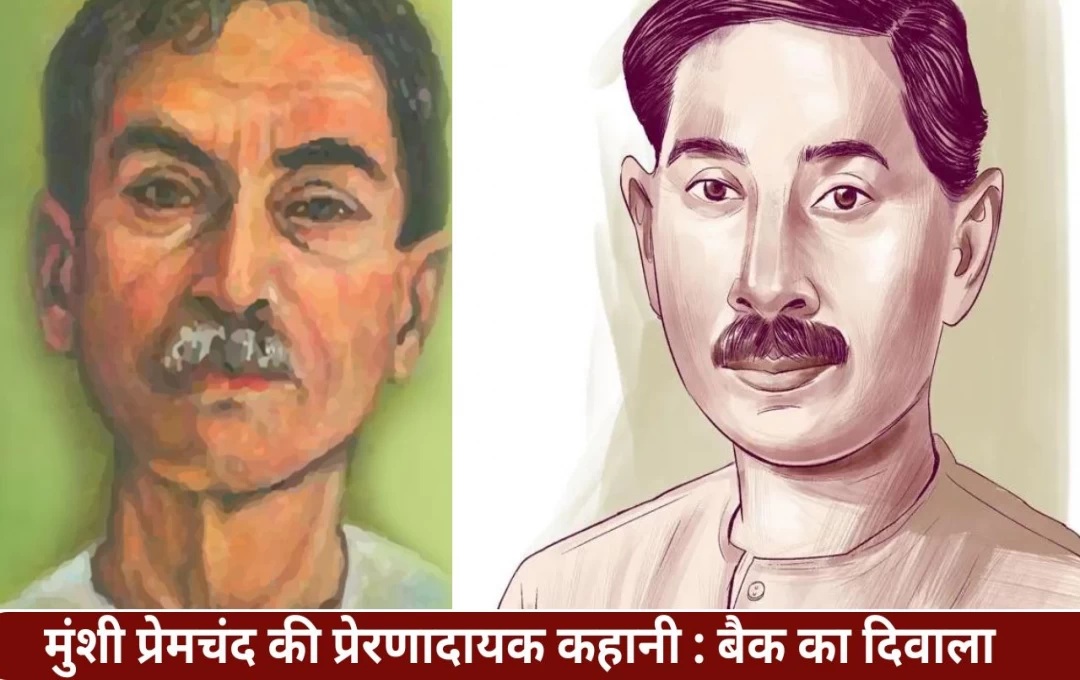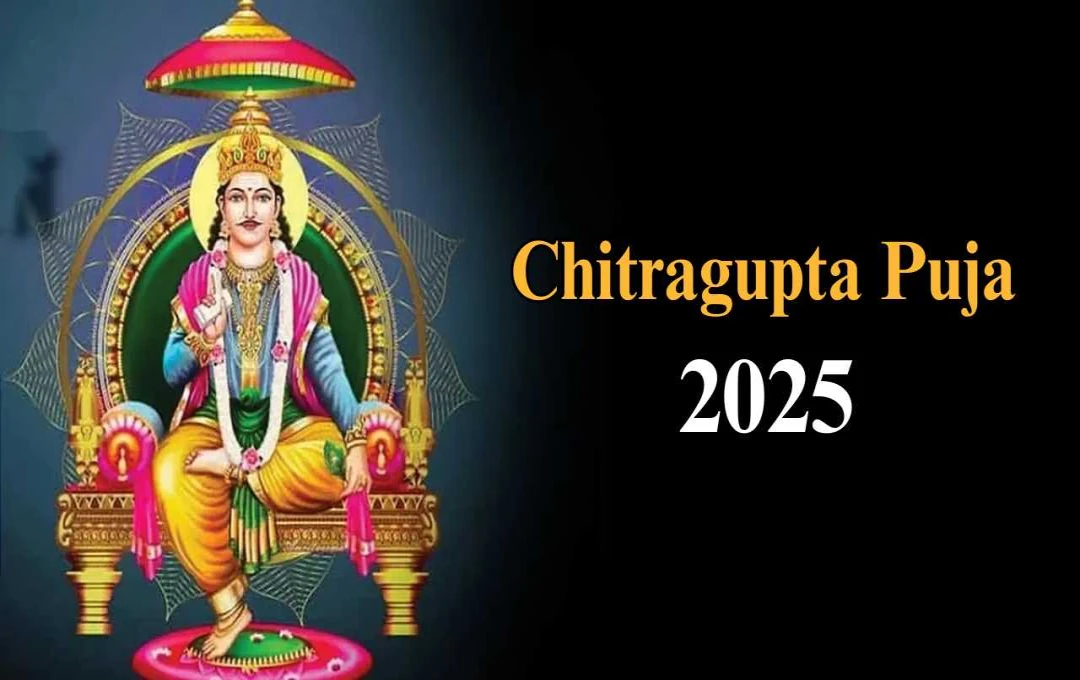History of Amer Fort and Interesting Facts
Amer Fort, also known as Amber Fort or Amer Palace, is situated atop a hill in Amer, Rajasthan. Located eleven kilometers from Jaipur city, this fort serves as a major tourist attraction. Built by King Man Singh, also referred to as Amber Fort, it is a picturesque location perched on a mountainside with a beautiful small lake nearby. The fort's regal presence and geographical advantages make it a special place to visit.
The fort presents a fascinating blend of Hindu and Muslim architecture, crafted using red sandstone and white marble. Within the palace complex of Amer Fort, there are numerous captivating chambers. This palace complex was constructed over nearly two centuries by King Man Singh, Mirza Raja Jai Singh, and Sawai Jai Singh. This palace complex served as the principal residence of the Rajput Maharajas for a long time. Amer Fort is steeped in rich history, including tales of betrayal and bloodshed. Its captivating design and grandeur have earned it a place on the list of World Heritage Sites. As one of Rajasthan's premier attractions, Amer Fort was initiated by King Man Singh. Built in the Hindu-Rajput architectural style, this unique fort stands as a remarkable testament to rich history and exquisite architecture.
History of Amer Fort:
Legend has it that King Alan Singh, a ruler of the Chandravanshi dynasty, was the first king to settle in Amer. He established his palace on the hill, now known as Amer Fort. He named his city Khongong and ruled it according to his principles. One day, an elderly woman with a child sought refuge in King Alan Singh's court in his kingdom.
The king welcomed her with an open heart, even taking the child, named Dhola Rai, into his care. Dhola Rai was sent to Delhi to increase the influence of the Mina kingdom, but instead of following the king's orders, he returned with a small army, including Rajputs. The Rajputs mercilessly slaughtered all those associated with the Mina group. This massacre is said to have taken place on Diwali Day, when the Minas were performing a special ritual called "Pitru Tarpan". During Pitru Tarpan, it was the tradition of the Minas not to carry weapons. Dhola Rai took advantage of this and conquered Khongong.
In the early 1600s, King Man Singh of the Kachwaha dynasty succeeded his predecessor. After demolishing the existing structure on the hill, he commenced construction of Amer Fort. Further development over the next two centuries by King Man Singh's successor, Jai Singh I, saw ongoing renovations and enhancements to the fort during the reigns of various Rajput Maharajas, culminating in the late 16th century. In 1727, the Rajput Maharajas decided to relocate their capital from Amer to Jaipur, after which no further changes were made to the fort's status.

Construction of Amer Fort:
Construction of Amer Fort commenced in 1592 and continued with regular reconstruction by various rulers until the late 1600s. The fort was primarily built using red sandstone and white marble. Initially serving as the primary residence of Rajput Maharajas, subsequent modifications transformed the fort into a magnificent palace-like structure. Another palace, predating Amer Fort, is located in a valley behind the fort. This older palace is considered one of the oldest in India.
Structure of Amer Fort:
The fort is divided into four distinct sections, each dedicated to the construction of forts or palaces. Each section has its own gate and courtyard. The first gate, which is also the main gate, is called Suraj Pol or Sun Gate. Facing east, symbolizing witnessing sunrise each morning, it earned its name. This gate leads to the first courtyard known as Jalebi Chowk.
During the Rajput rule, soldiers would celebrate their victories in this vast courtyard. This was a spectacle for common people, and often women would watch from the windows. As royal dignitaries entered through Sun Gate, heavy security was deployed here. The front courtyard of the fort boasts a magnificent hall of the Diwan-i-Am (hall of public audiences), featuring pillared halls and two-tiered painted doors of Ganesh Pol, adorned with intricate artwork.
Entry to Amer Fort is through the Dil-e-Aarām Gardens, built in traditional Mughal style. From the Diwan-i-Am, grand stairways lead to the lattice galleries and double rows of pillars, each topped with elephant head-shaped capitals. This hall leads to the second courtyard. To the right are stairs leading to a small temple of Devi Sila. The temple features magnificent silver doors. The third courtyard contains two magnificent buildings, situated facing each other.
